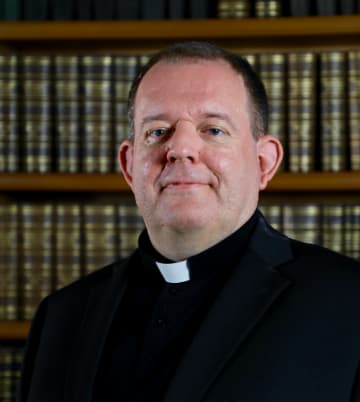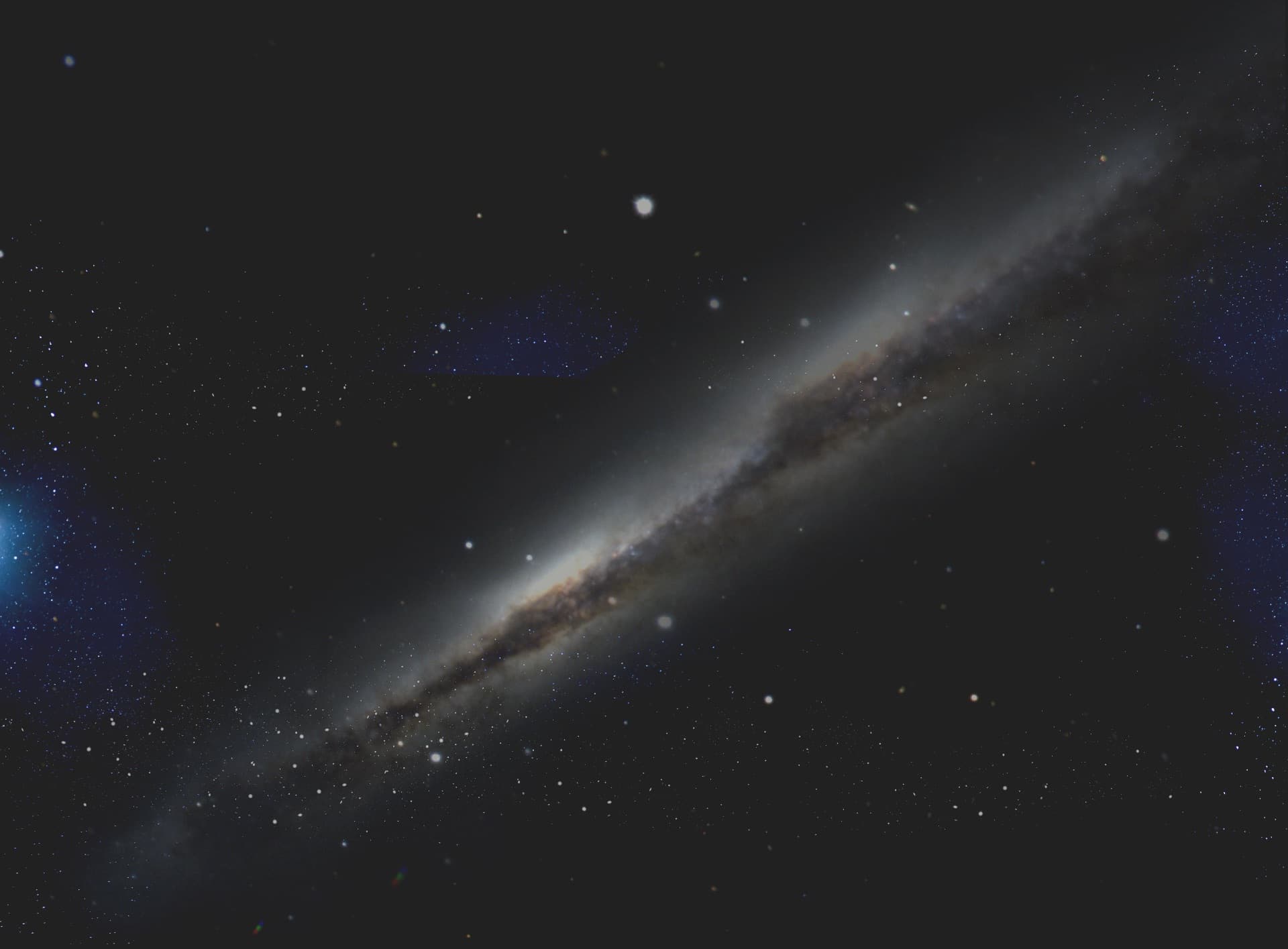Education
- M.Sc. Particle Physics – Charles University, Prague, Czech Republic – 1995
- B. A. Philosophy – Ignatianum, Cracow, Poland – 1999
- B. A. Theology – Centre Sevres, Paris, France – 2003
- M. Sc. Astrophysics – Universite Paris VII, Paris, France – 2006
- Ph.D. Astrophysics – Universite Paris XI, Paris, France – 2009
Memberships
- International Astronomical Union
- American Astronomical Society
Background
Fr. Paul Gabor SJ was born in 1969 in Košice, Slovakia. He studied Particle Physics at Charles University Prague, Czech Republic (1988-1995). His work was primarily instrumental, participating in the development of the ATLAS detector for the Large Hadron Collider at CERN, the European Laboratory for Particle Physics in Geneva, Switzerland.
He entered the Society of Jesus in 1995, did his 2-year novitiate in Kolin, Czech Republic, then 2 years of Philosophy studies in Cracow, Poland. After this, he taught philosophy for a year in Olomouc, Czech Republic, and studied Theology in Paris, France. He was ordained to the priesthood in 2004. After ordination, he earned a PhD in astrophysics in 2009 in Paris, where he again opted for instrumentation, working with Alain Léger, the author of the proposed Darwin space observatory. Gabor’s work under Alain Léger was carried out at the Institut d’Astrophysique Spatiale, University of Paris XI, focusing on two optical test beds, SYNAPSE and NULLTIMATE.
Fr. Gabor joined the Vatican Observatory in September 2010 and was assigned to the Vatican Observatory Research Group in Tucson. He became its Vice Director in September 2012.
Research Interests
Fr. Gabor is interested in the tests of achromatic phase shifters, stabilization (through optical path dithering), wave front filtering (with single mode fibers), polarization and other issues regarding the implementation of nulling interferometry, techniques and instrumentation that can be used to discover planets orbiting other stars.
Recent Peer-Reviewed Publications
- GABOR, P.; Chazelas, B.; Brachet, F.; Ollivier, M.; Decaudin, M.; Jacquinod, S.; Labèque, A.; Léger, A., “Stabilising a nulling interferometer using optical path difference dithering.” Astronomy and Astrophysics, 1/483, 2008, pp. 365-369.
- Ollivier, M.; Absil, O.; Allard, F.; Berger, J.-P.; Bordé, P.; Cassaing, F.; Chazelas, B.; Chelli, A.; Chesneau, O.; Coudé du Foresto, V.; Defrère, D.; Duchon, P.; GABOR, P.; Gay, J.; Herwats, E.; Jacquinod, S.; Kern, P.; Kervella, P.; Le Duigou, J.-M.; Léger, A.; Lopez, B.; Malbet, F.; Mourard, D.; Pelat, D.; Perrin, G.; Rabbia, Y.; Rouan, D.; Reiss, J.-M.; Rousset, G.; Selsis, F.; Stee, P.; Surdej, J., “PEGASE, an infrared interferometer to study stellar environments and low mass companions around nearby stars.” Experimental Astronomy, 1/23, 2009, pp. 403-434.
- Collot, J.; De Saintignon, P.; GABOR, P.; Hoummada, A.; Mahout, G.; Marchand, D.; Merchez, F.; León Florián, E.; Leroy, C.; Jean, Ph.; Merkel, B.; “A neutron irradiation facility featuring cryogenic temperatures and dedicated to Large Hadron Collider detector design.” Nuclear Inst. and Methods in Physics Research, A, 350 (3), 1994, pp. 525-529.

